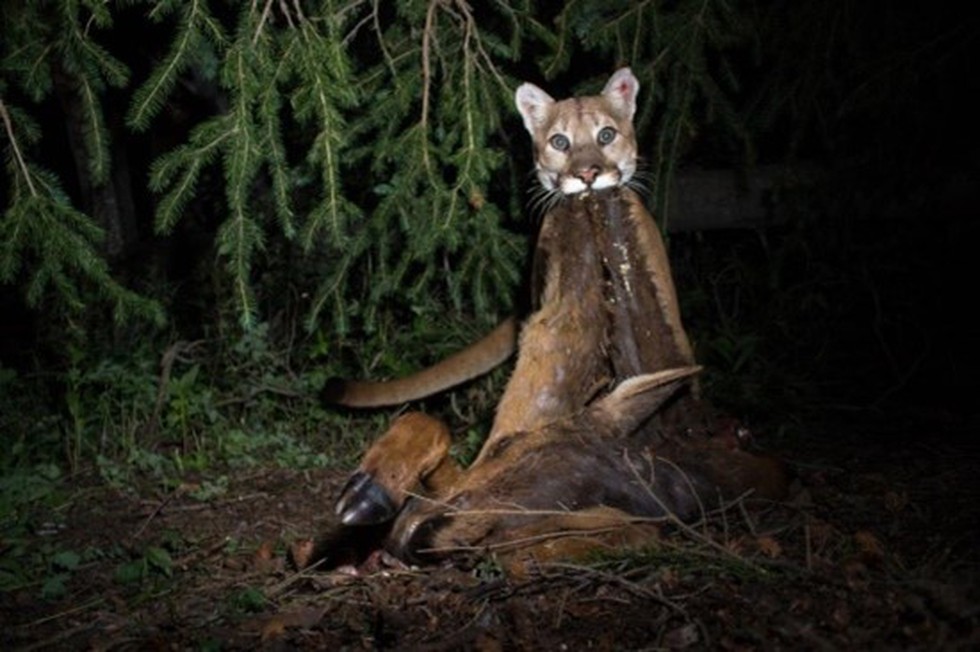Why in news?
- A recent study revealed that Puma is using a garden-to-hunt strategy; meaning they fertilise the soil in their hunting spots with their kills to attract more prey.
- The animal carcasses of their prey are helping the animals create nutrient-rich hotspots that may continue to improve their future hunting success over time.
- These nutrients in the soil increase plant quality and attract ungulates — large mammals with hooves.
- Decomposing ungulate carcasses deposits elevated nitrogen, carbon and other valuable elements that improve soil and plants’ chemistry and nutrient makeup.
About Puma (Puma concolor):
- Puma is a member of the family Felidae and is also called mountain lion, cougar, or catamount (archaic).
- It is a large brownish New World cat comparable in size to the jaguar.
- Habitats: Pumas live in a variety of habitats, including desert scrub, chaparral, swamps, and forests but they avoid agricultural areas, flatlands, and other habitats lacking cover (vegetative or topographic).
- Puma has the widest distribution of any New World mammal, with a range extending from southeastern Alaska to southern Argentina and Chile.
- Conservation status
